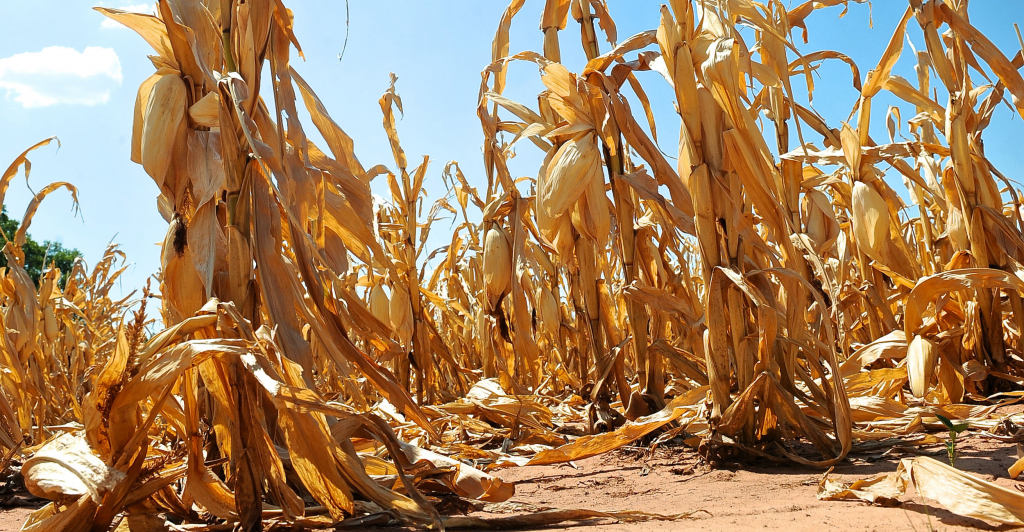
Weekly, Oklahoma State University Extension Beef Cattle Nutrition Specialist Paul Beck offers his expertise on the beef cattle industry. This is a part of the weekly series known as the “Cow-Calf Corner.” Today, he talks about grazing corn stalks.
Corn cropping acres has increased in Oklahoma from 88,000 acres harvested in 1990 to 240,000 acres harvested in 2000 and 300,000 acres harvested in 2020. Meanwhile, we have seen wheat harvested for grain decrease from 6.7 million acres in 1990 to 2.7 million acres in 2020. It is not uncommon to see the most productive crop fields planted to corn in all areas of the state.
Feed costs account for over 60% of production costs in cow-calf enterprises and much of that is associated with maintaining cows during the winter. In the Midwest it is likely you will see cows grazing corn stalks and milo stubble after harvest, while we often see cattle on wheat pastures through the winter, grazing crop residue is not as common in the Southern Plains. Integrating crop and livestock production when corn residue is available has potential to lower feed costs for cow-calf operations. Researchers at the University of Illinois recently published research (Lehman et al., 2021; Applied Animal Science 37(5):654-663.) evaluating the nutritive characteristics of corn plant residue and beef cattle performance after grazing. They also examined the effects of grazing on subsequent corn yields.
Plane of nutrition of cows decreases over time when given continuous access to corn residue. This is because cows select the highest quality parts of the corn residue first (corn leaf and grain before stalks etc.). When using grazing management such as strip grazing, access is restricted to the rest of the field thus preserving the highest quality components of the residue and stabilizing the cow’s plane of nutrition over time. This can lead to increased body weight after grazing for cows managed with strip grazing compared with cows managed with continuous grazing.
Comparing the grazed fields with the un-grazed fields, it was found that grazing did not affect subsequent corn yield. The researchers, however, found that yield differed between the strips in the strip-grazed treatment, in which the strip with an increased amount of cattle traffic due to the location of the mineral feeders and water troughs had reduced yield. As corn production becomes more common in Oklahoma, grazing corn and other crop residues can have a positive impact by reducing winter feed costs of cows and providing economic incentives to integrating livestock and cropping enterprises.
Below, see Dr. Mary Drewnoski, from University of Nebraska, discuss feeding corn stalks, milo stalks and soybean hay on an OSU Rancher’s Thursday Lunchtime Webinar from November 17, 2022.














